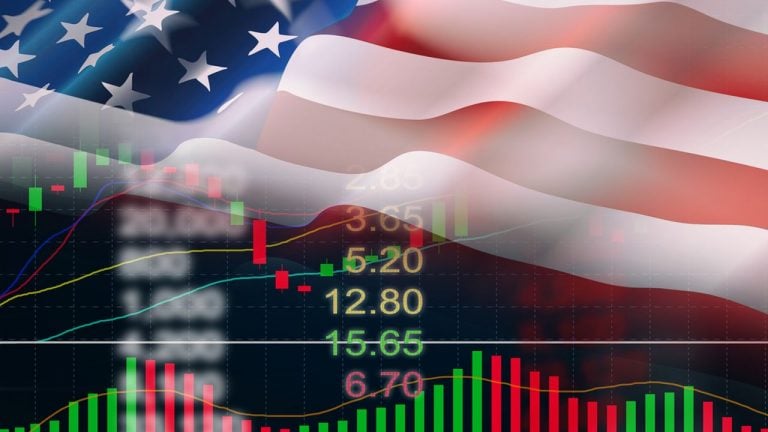There are seemingly
millions of job openings in the United States and the unemployment rate is
quite low in the country. Hence, many would believe that its economy is
coasting. After all, periods of low unemployment are typically associated with
higher rates of economic prosperity. Kavan Choksi points
out that there are however a number of red flags to watch out for,
like an increasing number of people are taking on high levels of
credit card debt to cover their spending.
Kavan Choksi
underlines the good and bad side of the current state of the United States
economy
People who are
optimistic about the current state of the United States economy are likely to
do even better when going through the latest labor market data. As of
May 2024, there are more than eight million job openings in the United States.
This exceeds the number of pre-pandemic job openings by 1.5 million. On the
other hand, there are about 6.5 million unemployed people in the country.
Hence, this implies that there is essentially more than one job per job seeker.
This ratio was 0.6 on average in the decade preceding the pandemic, which
indicated that there were more job seekers in the United States than the number
of job openings. The average hourly earnings of Americans are 22% higher than
before the pandemic, as per Bureau of Labor Statistics data. Even though wage
increases have been slowing, they still are rising at a faster rate than
prices. This would be good news for the consumers, as it would mean that their
income would stretch further.
While inflation in
the United States has significantly cooled from its peak in the summer of 2022,
further progress toward the Federal Reserve’s 2% target seems to be a lengthy
process. In the first three months of 2024, the data on both inflation and
economic activity came in much hotter than anticipated. However, April Consumer
Price Index data did show that headline inflation levels cooled slightly. As
inflation expectations can control the pace of price hikes effectively, it
would be prudent to take these expectations into account when pricing goods and
services.
An initial assessment
of April's retail spending revealed it was significantly lower than
anticipated, indicating that consumers are cutting back on their expenditures.
While this means retailers are less likely to increase prices since consumers
are not willing to pay more, it also poses a downside. Consumer spending is a
major economic driver, so a reduction in spending can negatively impact the
overall economy. The retail sales report can be considered to be a sign that
consumers are more cautious, but are not retrenching. However, in case spending
starts to slow a lot more, it could negatively impact the economy.
As per Kavan Choksi, one of the things to be concerned though about the
economy at the moment is the level of debt people are racking up. One of the
primary reasons why consumer spending has held up so well in the face of
higher-than-desirable inflation combined with the highest interest rates in
over two decades is that many consumers are not spending within their means.
Savings accumulated by many during the pandemic are likely to have evaporated,
leading to a lot more credit card purchases that are not being paid back on
time.








